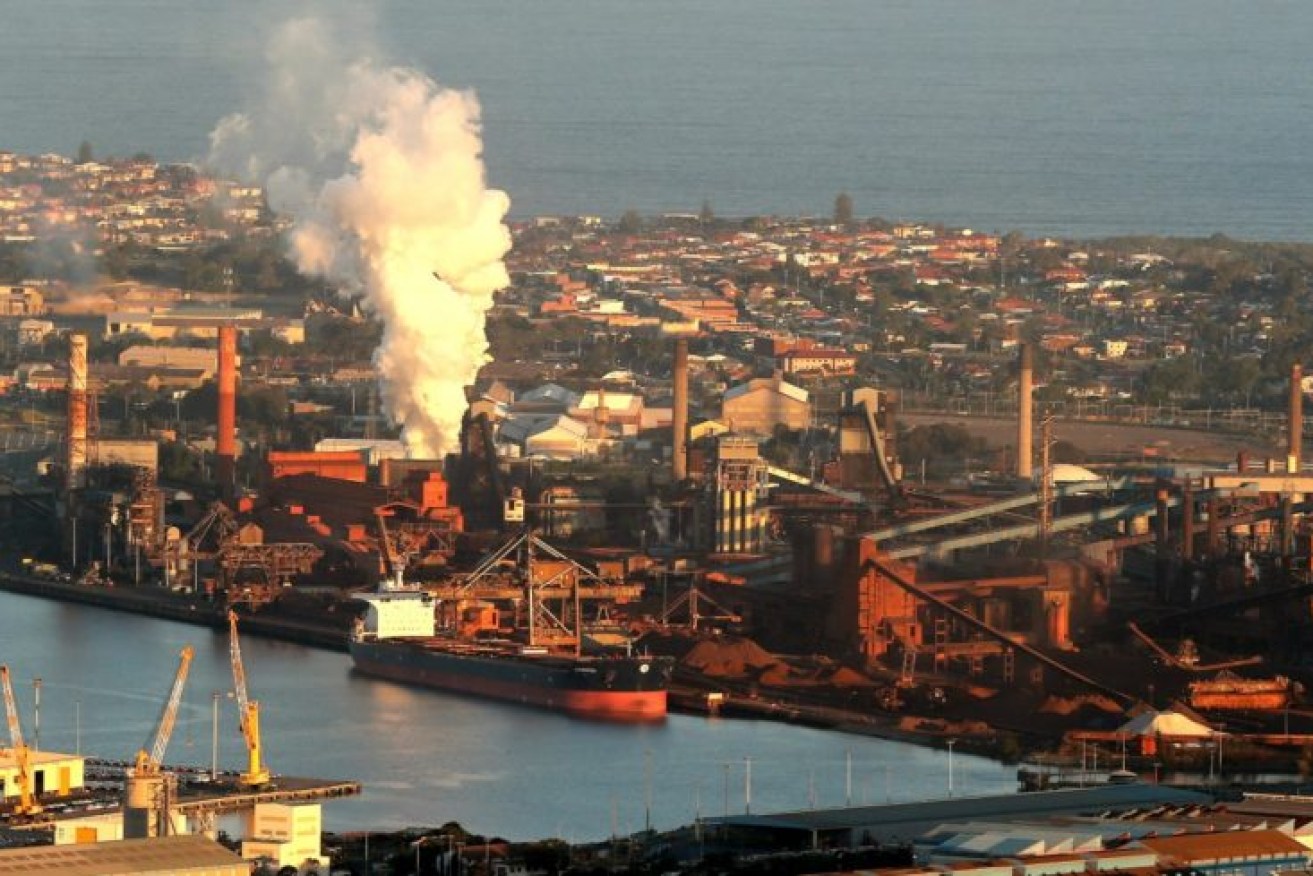Reserve Bank calls end of the mining bust

The export picture is improving. Photo:AAP
The Reserve Bank has effectively called the end of the mining bust, raising its forecasts for Australia’s terms of trade.
The bank observed that the recent rally in coal and iron ore prices had lifted the terms of trade – the prices Australia receives for its exports relative to what it pays for imports – for the first time in two-and-a-half years during the June quarter, with further gains expected in the September quarter.
That prompted the bank to tentatively call the bottom of Australia’s commodity price bust.
“The forecasts assume that the terms of trade will remain above the low point reached earlier this year,” the bank stated.
The bank observed that coking coal contracts for the December quarter have settled at $US200 a tonne, which is more than double the September quarter benchmark price of $US92.50.
Coking coal prices are now up an astonishing 200 per cent from the early 2016 low, while thermal coal for power stations has more than doubled from its trough.
Iron ore spot prices have risen 40 per cent since the previous statement on monetary policy, and are now 77 per cent of their late-2015 bottom.
The bank also observed that the steep fall in mining investment over the past few years appears to be slowing and might be close to a trough.
However, the RBA is taking a bet each way, noting that there is a risk that China will relax restrictions on its mining sector output, which would boost supply, or that the most recent property and infrastructure boom will run out of steam, which would lower demand.
In addition to Chinese factors, the RBA also observed that low-cost iron ore production is likely to increase further as mine expansions in Brazil and Australia come on line, and that certain temporary disruptions to global coal supply should ease, also putting downward pressure on prices.
Part-time jobs surge as miners, factory workers chopped
While the unemployment rate has remained stable below 6 per cent for many months, the Reserve Bank has noted a recent rise in underemployment, which is near record levels.
Part-time employment has accounted for all of the jobs growth this year and two-thirds of the increase in employment since 2013.
While the relative growth in part-time work reflects a longer term trend – part-time work has expanded from 10 per cent of total employment in the mid-1960s to around one-third now – the RBA said a rise in underemployment to near-record levels indicates the current shift away from full-time work is not driven by employee desires for flexibility.
“This suggests that the recent strength in part-time employment is more likely to have been driven by weakness in labour demand than changes in employee preferences,” the bank observed.
The RBA added that male underemployment had recorded a particularly noticeable rise, probably reflecting a shift away from mining and manufacturing employment towards service sector jobs growth.
“Although reductions in mining-related employment associated with falls in mining investment appear to be largely complete, there are likely to be some further job losses over the next couple of years associated with the completion of LNG projects,” the bank cautioned.
This rise in underemployment explains why wages growth has been stuck around record lows of 2 per cent per annum for six quarters, despite a slight decline in unemployment over that period.
ABC








